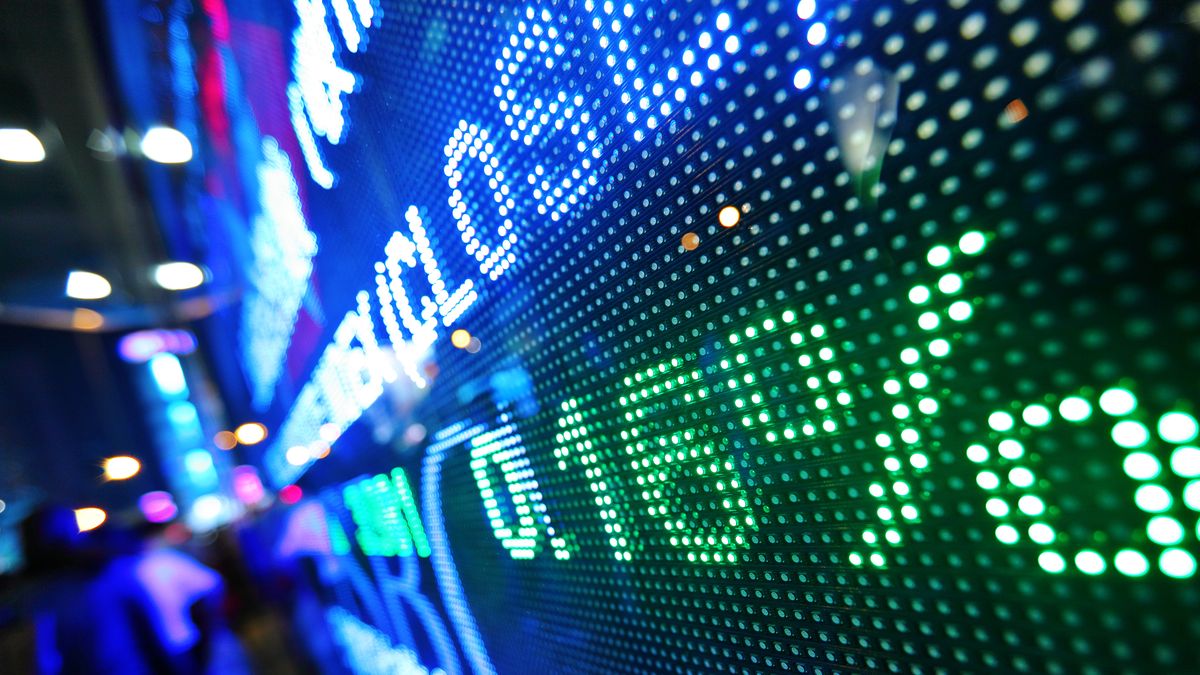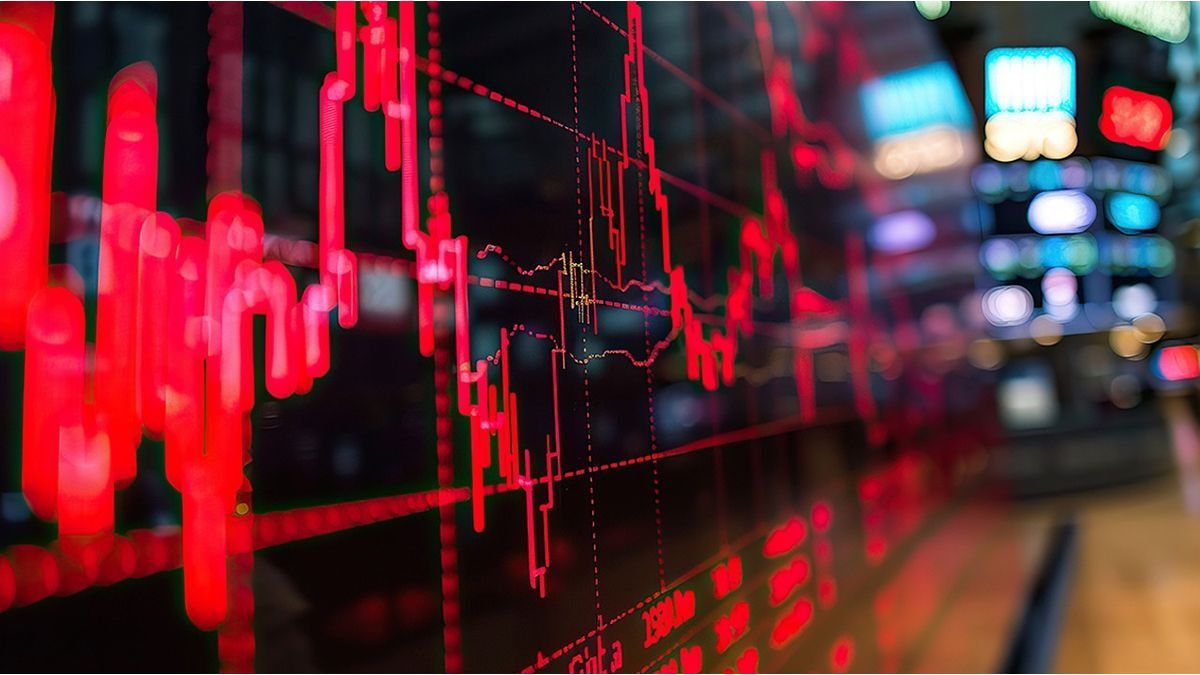The government is telling us that doesn’t want alt dollars to go up, that is why it increases the yields in pesos. Let us remember that the Retail fixed terms pay an effective annual rate of 107.7%, fixed terms greater than one million pesos 94.5% per year and fixed terms for amounts greater than 20 million pesos 91.0% per year.
In the market, the Government is offering two types of bonds, the AL30 and GD30for the ones MEP and CCL dollars do not rise in price and remain at $338 and $343, the blue dollar is around $355 and the tourist or Qatar dollar at $368.
The official strategy is iron the alternative dollars, reduce the gap with the official dollar and obtain financing in pesos for the Treasury.
In truth, what the government should do is work to have a fiscal surplusIn this way, it would not need to issue pesos or go out to finance the Treasury deficit.
Gross reserves came this week at $43.798 million, a very decent figure to end the year. Total monetary liabilities, according to the balance sheet of the Central Bank as of December 23, 2022, add up to $15.4 million, this is leaving us with a convertibility dollar of $353.
If we look at the reserves in the medium term and the commitments that lie ahead, the convertible dollar should be above $400.
Bonds in Argentina remain at low levels and have not managed to reverse the upward trend, but They are showing that they can be in the race if they overcome the resistance they have in the area of US$36.
Regarding the actions, the S&P Merval index shows a great recovery, It’s not time to go in, but any drop will be a buying opportunity. The actions that show a large rise are those linked to energy, especially oil, gas and electricity. For the rest of the actions there was no significant rise and, in some cases, they increased less than annual inflation.
In summary, the year 2023 opens the doors for the retail investor to be able to start buying bonds and stockswith good prospects ahead, which makes us presume that the market has begun to discount a change of government and renewed prospects for the future economic scenario.
We continue to think that bonds in pesos could go to a debt restructuring process in this government or the next. It will be difficult to manage such a concentrated debt in a short period of time. The same is not true of debt in dollars, which pays a low interest rate and has longer maturities. Here debt management, taking new and canceling old could pay off from 2024 onwards.
The official dollar is still 50% behindTherefore, with the arrival of a new government, it could go much higher than alternative dollars. It is time to buy goods and not so much dollars bills. In the new investment mix, buying dollar bonds, stocks and properties are a very good diversification.
International investment position
While some investments leave the country, others return. It is interesting to see the numbers returned to us by the reports on Argentina’s international investment position provided by INDEC. This shows us that the assets of Argentines abroad during the government of Alberto Fernández increased by US$17,828 million, while the money of foreigners in Argentina grew by US$17,934 million. Almost a neutral behavior between what came from abroad and what left from our lands.
The most striking thing is that foreign direct investment expanded by US$48,196 million, when in Argentina one speaks of an economy that is scorched earth. However, foreigners who had made portfolio investments in the country withdrew, taking US$23,928 million with them.
The acceleration of foreign investment occurred at the same time that the money of Argentines migrated abroad and that other foreign investors fled from financial investments.
What is happening in the country is rare. It would seem that a new stage of investment has opened in the real economy, which is set to accelerate in the coming years. This is directly related to foreign direct investment, linked to energy and mining.
In February 2022, the Russia’s invasion of Ukraine changed the flow of world trade in energy and minerals, This benefited the potential of Argentina, which in both areas could contribute part of the market that Russia lost. These investments could begin to mature in the years 2024 and 2025, with which the scenario of missing dollars could be reversed in those years.
The market should look more at the international context. If Argentina were more astute, in a few years we could have a stronger currency and Argentine assets have a substantial improvement. It is time to start studying which assets to collect. The stock market has risen too much in recent months, but any drop will be a buying opportunity, something similar occurs with bonds in dollars. Perhaps the time has come to look at the local capital market with different eyes.
financial analyst
Source: Ambito
David William is a talented author who has made a name for himself in the world of writing. He is a professional author who writes on a wide range of topics, from general interest to opinion news. David is currently working as a writer at 24 hours worlds where he brings his unique perspective and in-depth research to his articles, making them both informative and engaging.




